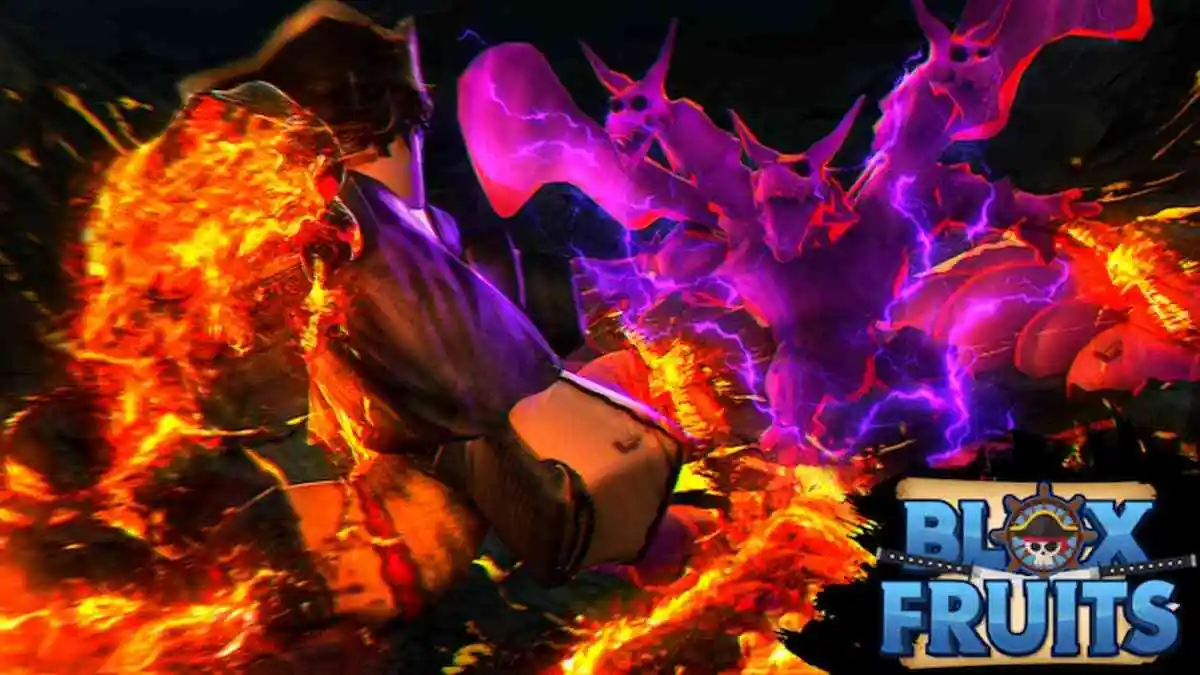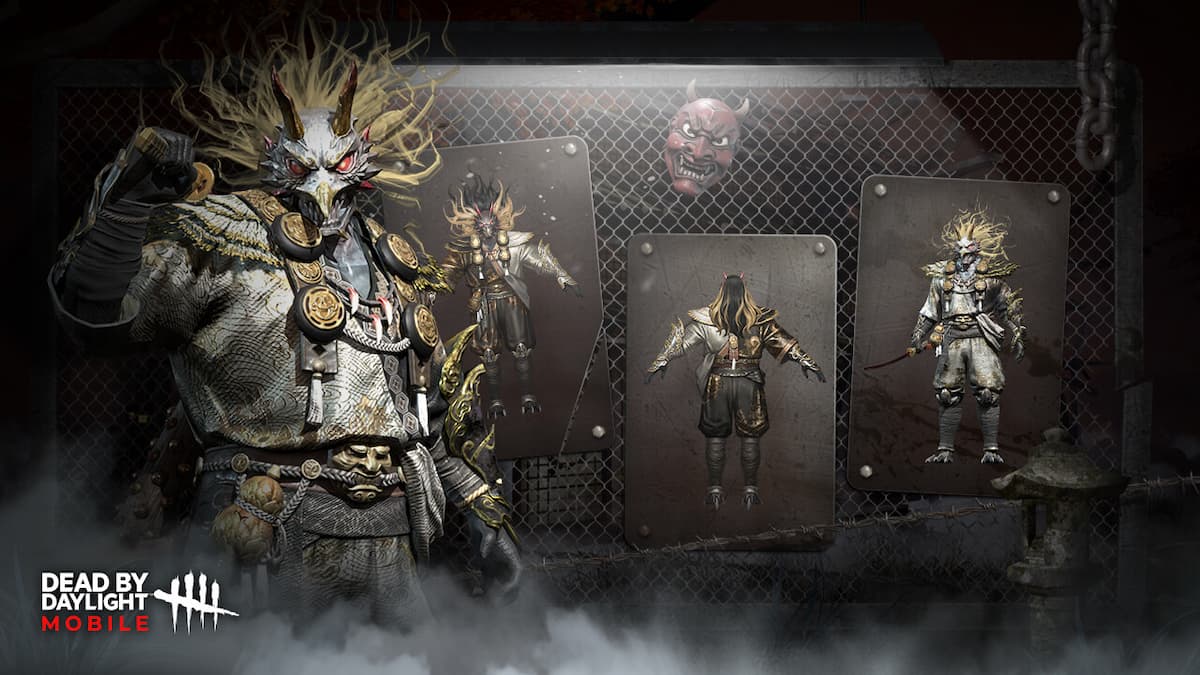Editor’s Note: We’re really excited to have Ben here from NativeX, sharing his experiences and expertise in the gaming industry!
Over the past year I’ve been helping mobile freemium developers (who are NativeX clients) increase retention and monetization, and I’ve noticed some tips and tricks around virtual economies that can help boost revenues. Here are 5 tips that should help your game make more money.
Don’t overwhelm the player
There are numerous studies about how overwhelming consumers leads to less revenue. Probably the most famous of these studies is the classic jam in a grocery store study. The cliff notes (or spark notes) version is when 24 jams displayed for a taste test at a supermarket, 60% of customers stopped and 3% of those purchased but when 6 jams were displayed, 40% of customers stopped and 30% purchased.
So how should mobile developers display content? Display a small amount of virtual items initially (around 6) and then hint at more content that’ll unlock after players achieve a new level or similar. Why 6ish? Take notes from online retailers (specifically Amazon) and how they display search results. There’s a reason they only typically show 4-7 search results on a screen without scrolling (keep in mind this is dependent on the customer screen resolution).
This way, players aren’t overwhelmed but they will understand that there’s more to your game than just those 6 items. Take this screenshot from Happy Street for example. A silhouette is a great way to hint to the player of new content.
 Make the store easy to understand, navigate and use
Make the store easy to understand, navigate and use
This seems like an obvious point, but if your game has hundreds or thousands of items it can get complex and confusing very quickly. A good developer to look at is Gameloft. They have the budget and time to make their menu UX easy and appealing. Take their latest Heroes of Order & Chaos for example. They use scrolling menu to reduce the clutter.
And look at another similar game in a similar genre. At first I didn’t know where to click, and I still have no idea what the percentages are towards the middle of the screenshot.
When you select Equip it just has a single sliding menu with only 2 items per equipment slot. The UX could greatly be improved, and they could offer more items per slot. Which is a great segue into my next point.
Have massive amounts of virtual items
Stereotypically speaking your game should have hundreds or thousands of virtual items in order to create a freemium success. There are outliers to this rule like Temple Run, but if you have more sinks in your game in theory it’ll increase revenue as long as you follow the points mentioned earlier. It’s important to offer items in all price ranges and to different types of players. One group of players might be more interested in vanity or aesthetically altering items, another group may want a competitive advantage and another might want to speed up the rate of progress. It’s important to offer enough goods so players always have something else to buy.
Lead the player to your virtual store
If you’ve been to Disneyland have you ever noticed how after riding a major attraction you somehow end up in their gift shop? This didn’t happen by accident. Exiting players into a store after a ride increased revenues. If you have a game with rounds, battles or levels don’t be afraid to lead the player to the virtual store to spend some of that hard earned currency. However, you don’t want to push players into making a purchase so make it easy to get out of the store and back into the action. There’s a fine line between upselling and annoying and every game and audience is at least slightly different.
Make the first purchase option something with incredible value
This is a relatively newer concept and one that’s been blogged about already, but we’ll mention it one more time for good measure. Getting someone to convert and pay in freemium is possibly the most challenging task, but once someone has made a purchase the odds of them becoming a returning purchaser is so much higher. A popular example is the counterfeit machine in Jetpack Joyride that’ll permanently double coins earned, but obviously you should think of something new, original and/or fits with better with the context of your game.
If you’d like to talk about this or any other ideas you can find me here at my blog, the NativeX blog or on Twitter.








Published: Jun 14, 2013 10:44 am